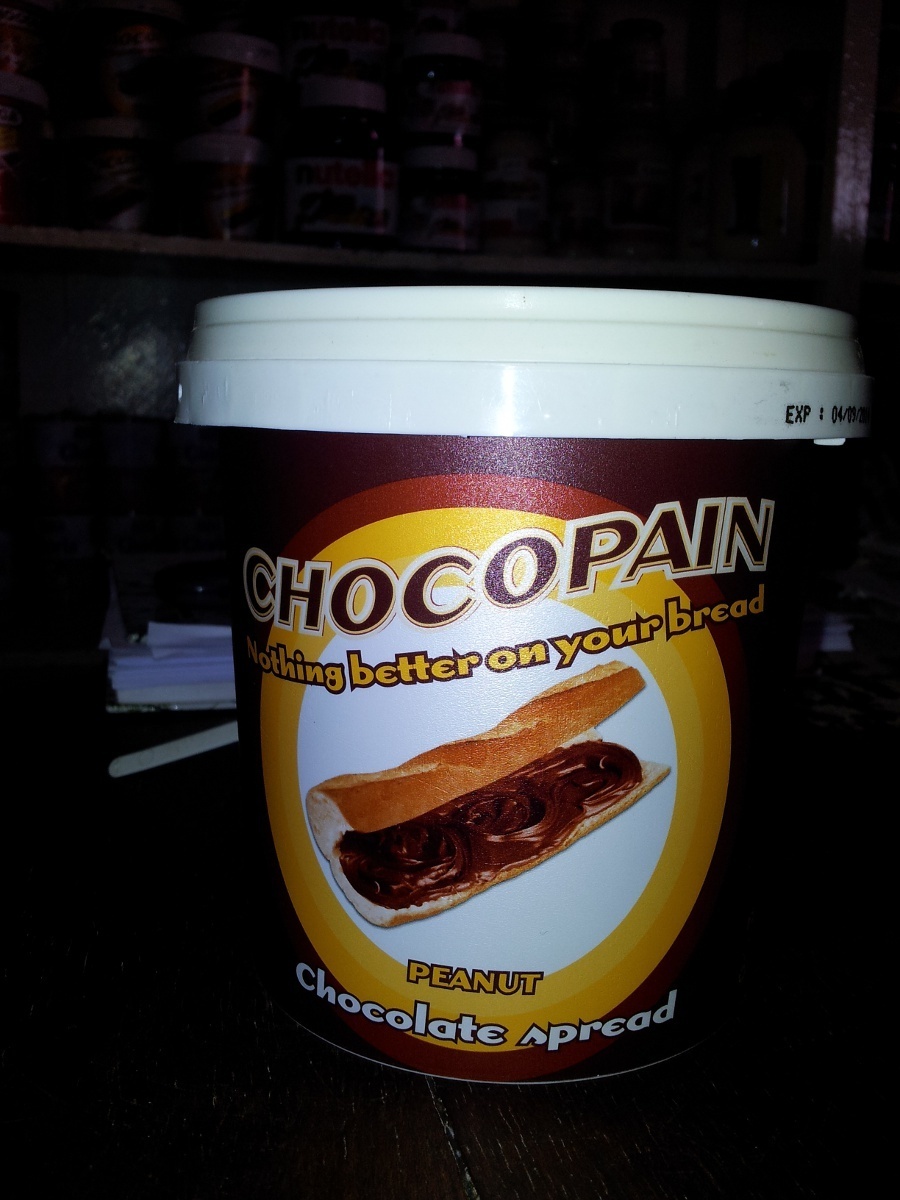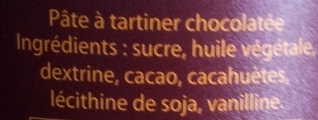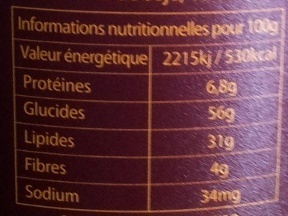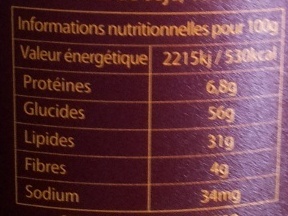Chocopain - 500 g
La page de ce produit n'est pas complète. Vous pouvez aider à la compléter en l'éditant et en ajoutant plus de données à partir des photos que nous avons, ou en prenant plus de photos à l'aide de l'application pour Android ou iPhone / iPad. Merci!
×
Dénomination générique : Pâte à tartiner
Quantité : 500 g
Conditionnement : Plastique, Boite plastique
Marques : Chocopain
Catégories : Petit-déjeuners, Produits à tartiner, Produits à tartiner sucrés, Pâtes à tartiner, Pâtes à tartiner au chocolat
Origine des ingrédients : Sénégal
Lieux de fabrication ou de transformation : Sénégal
Pays de vente : Sénégal












